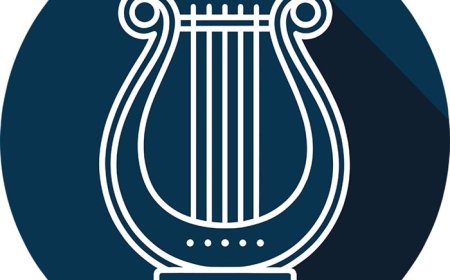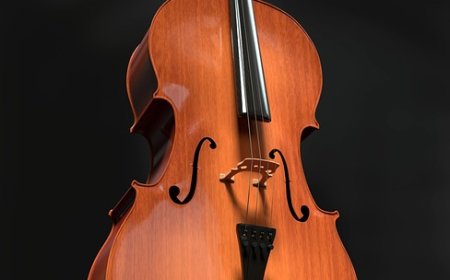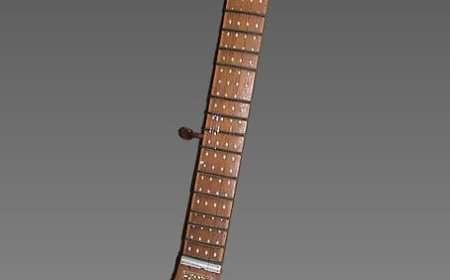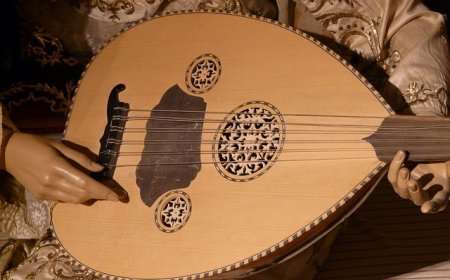Cornet Facts for Students | Learn How the Cornet Works & Its History
Discover the cornet: its parts, how it works, famous cornet players, and fun facts. A complete guide for students and young musicians interested in brass instruments.
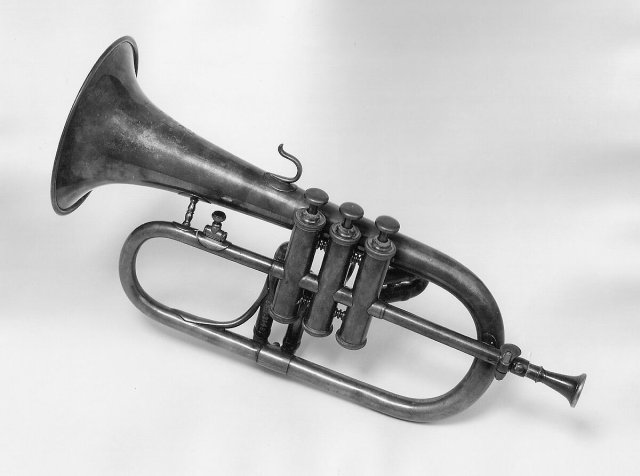
🎺 All About the Cornet
🥇 Introduction
The cornet is a small but mighty instrument in the brass family. It looks similar to a trumpet, but it has a more compact shape and a softer, more lyrical sound. Cornets are often used in beginner bands, brass bands, and even as solo instruments. While it may not be as flashy as the trumpet, the cornet has its own special charm—it’s gentle, expressive, and great for smooth melodies. It’s also a favorite starter instrument for young brass players.
🎼 What Is a Cornet?
A cornet is a brass wind instrument that produces sound when the player buzzes their lips into a metal mouthpiece. It’s closely related to the trumpet, but the cornet’s tubing is wrapped more tightly and has a conical bore, which means the tube gradually widens from the mouthpiece to the bell. This gives the cornet a warmer, rounder tone than the trumpet.
Cornets are typically pitched in B♭, just like trumpets, but they’re shorter in length and easier to hold. That’s why they are often used in brass bands and by younger students who are just starting to learn how to play a brass instrument.
🧩 Parts of the Cornet
The cornet has several important parts that help it create its rich sound. At the front is the mouthpiece, which is slightly deeper than a trumpet’s. This is where the player buzzes their lips to start the sound. From there, the air travels into the leadpipe, then through a series of curves and bends that form the cornet’s tubing.
The instrument has three piston valves, which the player presses to change the pitch by redirecting air through extra tubing. These valves are connected to valve slides, which can be adjusted to help the cornet stay in tune.
At the end is the bell, where the sound comes out. The bell on a cornet is slightly smaller and more rounded than a trumpet’s. This helps produce its soft, mellow sound. Most cornets also include water keys to release moisture and a main tuning slide to adjust the overall pitch.
⚙️ How Does the Cornet Work?
The cornet works by transforming buzzing lip vibrations into musical tones. When a player blows air into the mouthpiece and buzzes their lips, the vibration travels through the tubing. Pressing the valves changes the route the air takes, which makes the tubing longer and lowers the pitch.
The shape of the tubing has a big effect on the sound. Because the cornet’s tubing gradually widens (conical bore), the tone is more gentle and rounded compared to the bright and brassy sound of the trumpet. This makes the cornet ideal for lyrical passages and softer musical styles.
Players also control pitch and tone using their embouchure (mouth shape) and breath support. A skilled cornet player can produce smooth, flowing melodies that are full of expression.
📜 History of the Cornet
The cornet was developed in the early 1800s, around the same time as other brass instruments were being improved with the invention of valves. It evolved from a post horn—a simple instrument used for signaling—by adding valves so it could play more notes.
The modern cornet became popular in military and brass bands, especially in France and England. By the mid-19th century, it had spread to orchestras and solo performance stages as well. Famous composers like Berlioz and Bizet used cornets in their music.
Although the trumpet eventually became more common in orchestras and jazz, the cornet has always been beloved in British brass bands and school music programs. Today, the cornet is still a key instrument in many ensembles around the world.
🎷 Famous Cornet Players
Many talented musicians have made their mark playing the cornet. Here are some of the most well-known:
- Herbert L. Clarke – A legendary American cornet soloist and composer of cornet method books
- James Shepherd – A top soloist in British brass band history and founder of the James Shepherd Versatile Brass
- Louis Armstrong – Started on the cornet before becoming a famous jazz trumpet player
- Jean-Baptiste Arban – A 19th-century French cornetist known for his influential method book
- Cornet Chop Suey – One of Louis Armstrong’s famous jazz pieces, showcasing cornet skills
These players helped show that the cornet can be just as exciting and expressive as any other brass instrument.
🎶 Learning to Play the Cornet
Learning the cornet is a great starting point for young brass players. Its smaller size and smooth tone make it easier to handle and play than some larger brass instruments. Beginners usually start with a B♭ cornet and a 3-valve model. These are perfect for learning basic fingerings and building strong embouchure skills.
The first step is learning how to buzz the lips and create a clear tone on the mouthpiece. Students then learn how the valves work, how to read music in treble clef, and how to play basic scales and simple songs. With regular practice, cornet players can build good tone, finger speed, and breath control.
Cornet players often join school bands, brass ensembles, and community brass bands. As they improve, they may perform solos or move on to playing the trumpet, flugelhorn, or other brass instruments.
😄 Fun Facts About Cornets
Here are some fun and interesting facts about the cornet:
- The cornet is shorter and rounder than a trumpet, but they play the same notes.
- Cornets were once more popular than trumpets in jazz and military bands.
- Louis Armstrong learned to play music on a cornet in a boy’s home in New Orleans.
- Cornets are often the lead melody instrument in British-style brass bands.
- The famous Arban Method book, used by brass players around the world, was written for the cornet.
- Some cornets have shepherd’s crook bells, which are curved and give the instrument a sweeter sound.
👧 Kid-Friendly Summary
The cornet is a brass instrument that looks like a short trumpet. You play it by buzzing your lips into the mouthpiece and pressing valves to play different notes. Cornets sound soft and smooth and are used in bands and solos. They’re a great instrument for beginners and sound really nice when playing melodies. If you want to play something shiny, fun, and not too big, the cornet could be the one for you!
📚 Vocabulary Words
Cornet – A brass instrument similar to the trumpet, with a softer sound
Mouthpiece – The part where you buzz your lips to make sound
Valve – A button that changes the pitch by rerouting air
Bell – The wide end of the cornet where the sound comes out
Conical bore – A tube shape that gradually gets wider, creating a smoother tone
Treble clef – A musical symbol used to read music for higher-pitched instruments
Leadpipe – The part that connects the mouthpiece to the tubing
Embouchure – The way a player shapes their lips and mouth to play a wind instrument
❓ Interactive Quiz
1. What is the main difference between a cornet and a trumpet?
A. The cornet is made of wood
B. The cornet is longer
C. The cornet has a conical bore and softer sound
D. The cornet has no valves
2. What kind of music are cornets especially common in?
A. Rock bands
B. String quartets
C. British brass bands
D. Electronic dance music
3. Who wrote a famous cornet method book still used today?
A. Mozart
B. Jean-Baptiste Arban
C. Taylor Swift
D. Wynton Marsalis
4. What clef do cornet players usually read?
A. Bass clef
B. Alto clef
C. Tenor clef
D. Treble clef
5. What does a cornet sound like compared to a trumpet?
A. Sharper and louder
B. Softer and more mellow
C. Higher and squeaky
D. Deeper and darker


















































